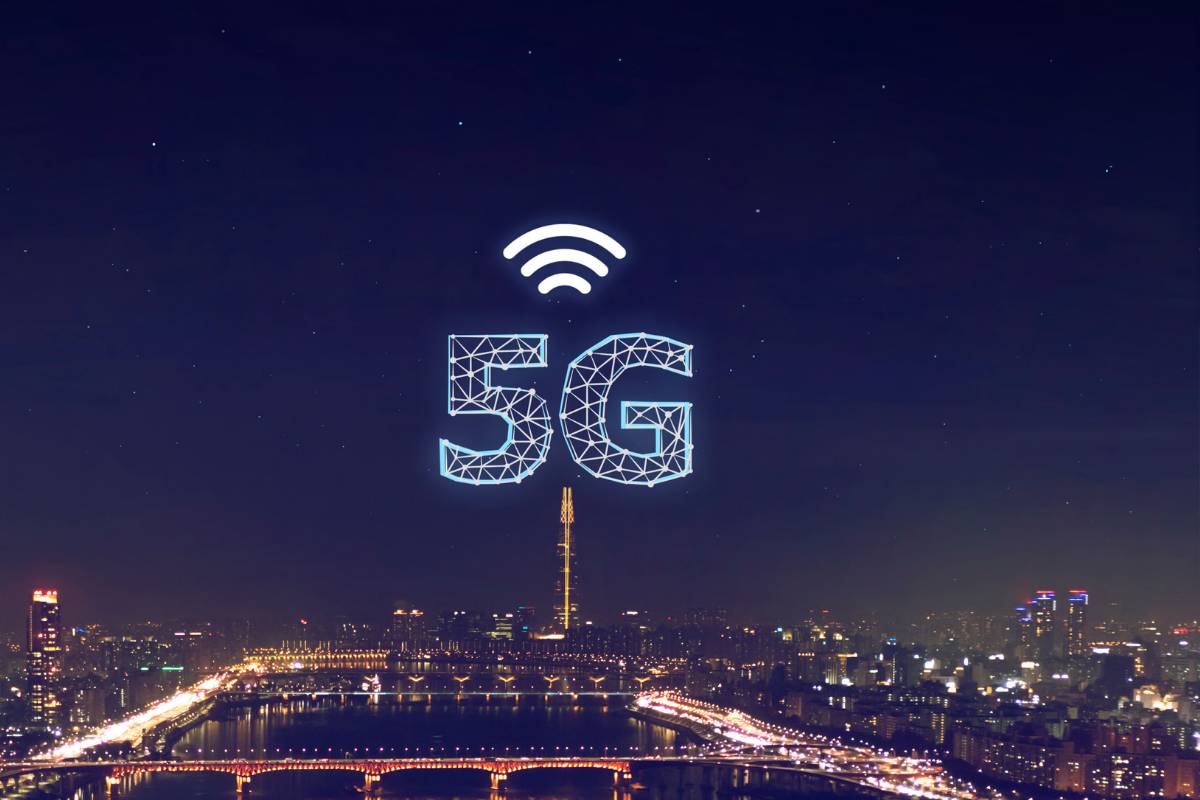
To deliver the true potential of 5G connectivity, the telcos would be using spectrum in the higher frequency bands as compared to what they have been using for delivering 4G services. But the thing with high-frequency airwaves is that they very easily get interrupted by the trees and buildings. Thus, in a country such as India, where there are lots of people, and a ton of infrastructure in urban cities that can disrupt the flow of 5G services, more and more sites would be required to be deployed at a closer distance so that the telcos can deliver 5G in the right manner.
Small Cells the Right Way to Approach 5G
Street furniture or small cells that can be deployed on regular buildings, lamp posts, and more would play a big role in the proliferation of 5G services in India.
According to an ET Telecom report, the Department of Telecommunications (DoT) has formed a committee and is looking at the quantum of state-owned infrastructure that can be used to deploy small cells. The committee would review whether the electricity poles and other infrastructures in public places are good enough for the small cells to work properly.
mmWave frequency bands would require the small cells to be deployed around each other at a very close distance. It would definitely increase the cost of network rollout for the Indian telcos. But there are a lot of issues that need to be addressed first. Things such as rental cost, energy cost, site acquisition cost, Right-of-Way (RoW) policies, and more need to be looked at.
A recent report shows that mmWave 5G would be largely unfeasible for the telcos as it would require the kind of investments that would take an ultra-long term for the companies to recover. Even the small cells that would be deployed won’t come for cheap, and if a heavy volume of such equipment is required, it will result in the telcos giving more emphasis to the sub-6 GHz band 5G services.















